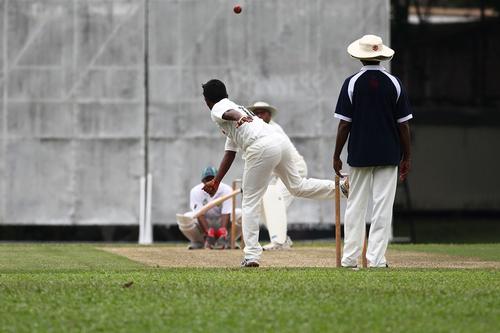15 Sep 2014
ICC to push ahead with wearable tech development to prevent illegal bowling
BY Chris Dodd

The International Cricket Council (ICC) is looking to continue research in partnership with an Australian developer to produce a reliable wearable sensor that can detect illegal bowling actions in the game.
International cricket has seen a number of cases where bowlers have been deemed to 'chuck' the ball; where the bowler’s arm is deemed to have been illegally extended during the action.
As it stands, the ICC has set a limit of 15 degrees of permissible straightening of the elbow joint for all bowlers before the action becomes illegal. The most recent case of an illegal action has involved Pakistan off-spinner Saeed Ajmal, who has subsequently been banned from international cricket until he rectifies his bowling technique.
Working with developers in Australia, the ICC is hoping that its wearable device – now in its final stages after more than two years' development – will be able to detect an illegal action during match situations.
On-the-field umpires are currently tasked with calling illegal actions as they see them, however decisions are rarely made on the outfield because of concerns of subjectivity and human error.
To nullify this, the council has reached its third stage of research and is set to undergo final tests at Australia’s National Cricket Centre in Brisbane next week, with the process due to take between 18 months and two years to complete.
So far a product has been designed to be worn on the bowler’s upper arm and forearm and has reached a point where it can successfully detect the moment when a ball is released in a delivery.
However, the sensors still don’t have the full capability to measure the arm’s straightness during the bowling arc.
Issues also remain on how to keep the devices charged over long periods in Test cricket, while there are concerns about the numerous controversies that implementing technology can cause, as seen with the use of the current decision review system in the sport.
Technology is constantly being harnessed across the sporting industry, with one recent development seeing hockey players given the chance to purchase trackers to help collect data and use it to improve their game.
The same approach is being pursued in tennis, where Sony is planning to release its own attachable device to build metrics on swing and serves, which can then be sent to a mobile device for analysis.
Close Window